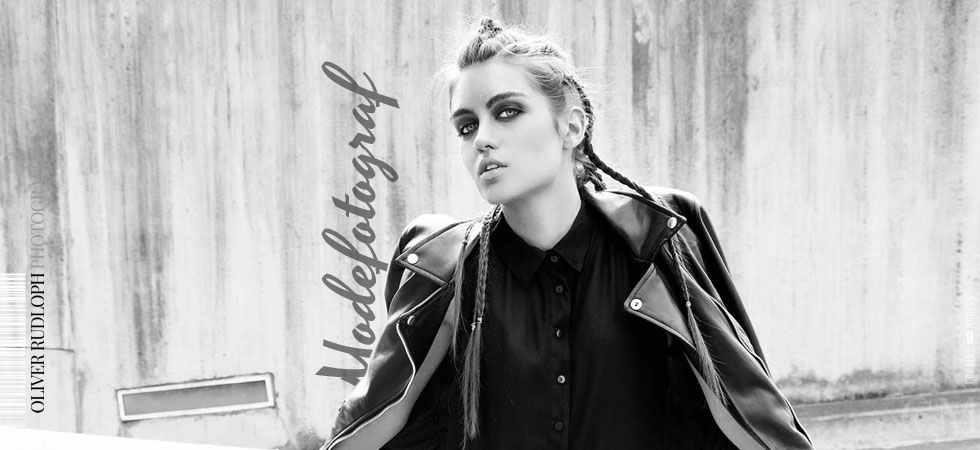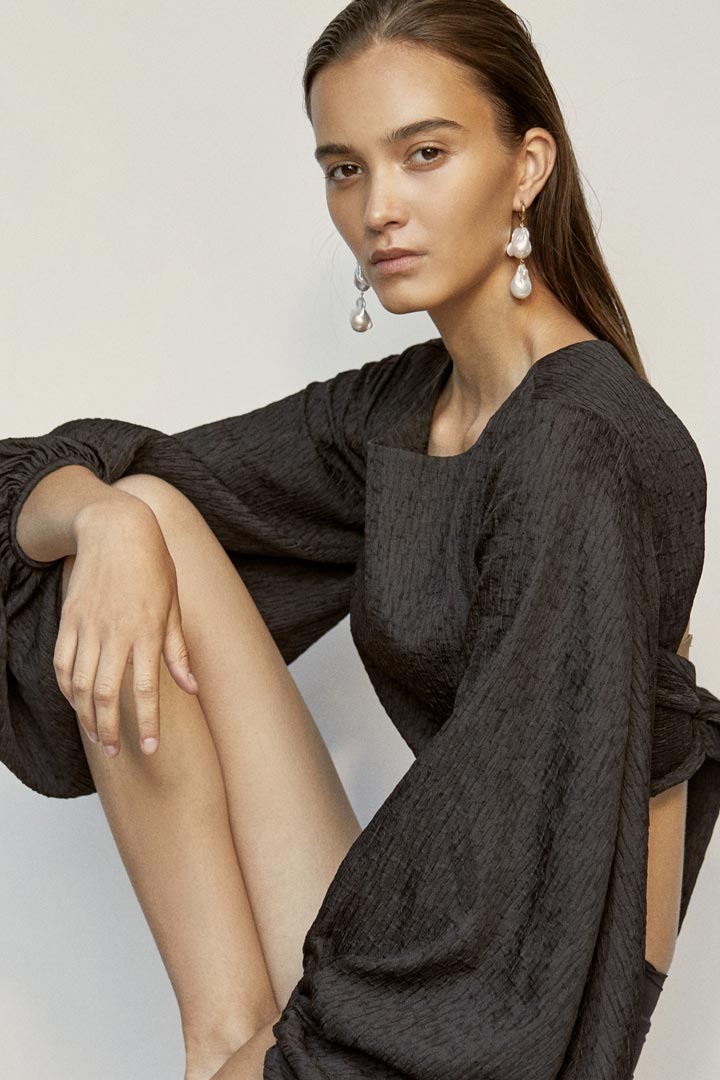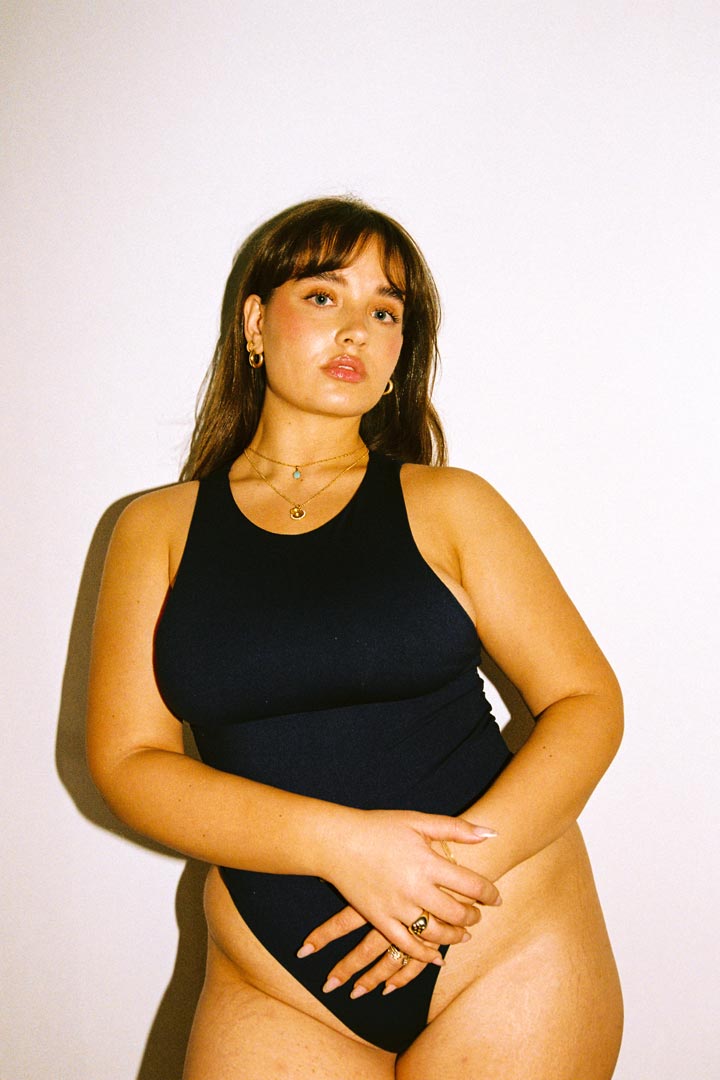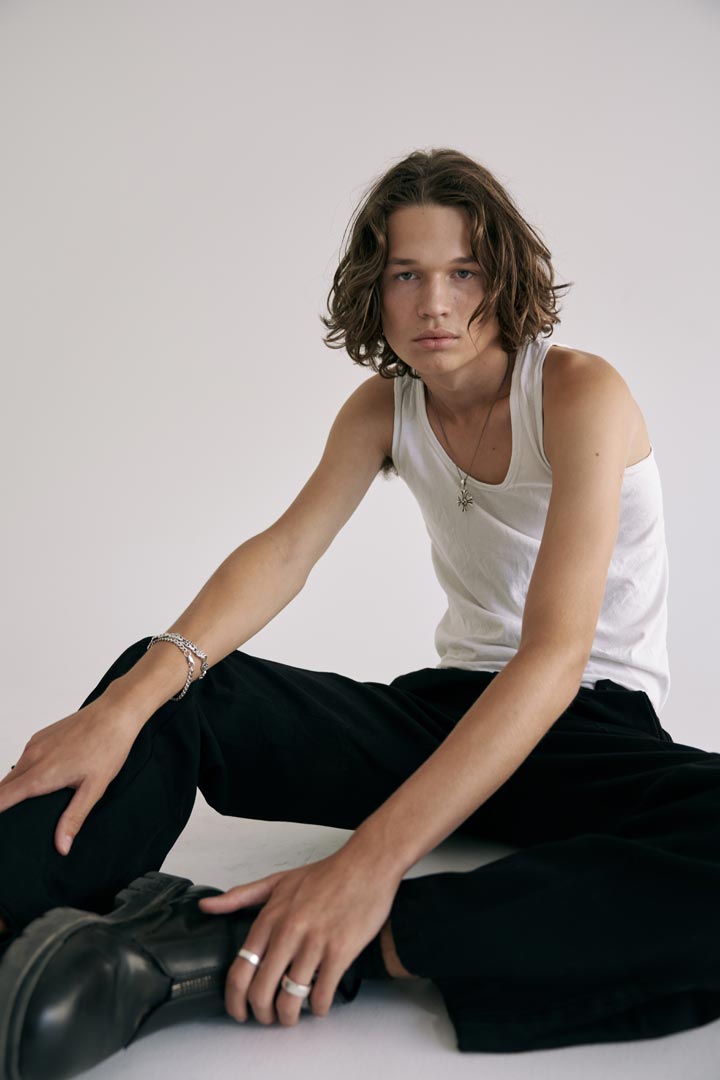Fashion Photography – Fashion & Haute Couture
Since the turn of the millennium, the three top dogs Vogue, Vanity Fair and Harper’s Bazaar no longer dominate the field alone – today’s fashion photographer is increasingly working for independent magazines and has raised the artistic standards for his pictures. The boundaries between art and fashion photography are becoming blurred, while the previously rather uniformly commercial direction is becoming blurred. That’s what our fashion photographer Oliver Rudolph says about fashion photography then and now! You want to learn to take pictures yourself? Here you can find our book recommendation: Learn to take pictures.
Fashion photography today – trends, zeitgeist and high fashion
Even today, the profession is subject to the constant change of ideals and the development of fashion itself, which is why my job as a fashion photographer lives particularly from flexibility and adaptability, and also requires a lot of openness for new things and a feel for trends. Anyone who equates the profession of fashion photographer with the mere photographing of clothes is clearly subject to a socially widespread cliché. Even today it is important to sum up the dreams of a society, the spirit of the times and the personal desires of a decade, and to stage them consciously as a fashion photographer.
Fashion photography, especially haute couture, should not only be visually appealing and aesthetically inspiring, but should also encourage the viewer to participate and imitate and at best be one step ahead of its era. The representation of fashion merges here with the representation of an idea. In close cooperation, whether fashion advertising agency, art director or marketing agent – from Los Angeles to London. The result is ultimately the ultimate staging – not of the dress, but of the fashionably dressed personality.
Fashion photography back then – big idols & fashion magazines
The first fashion photographer Adolphe Braun to be regarded as such published the first “Fashion Magazine” in 1856: a book with 288 photographs of the Comtesse Virginial Oldoini, who was the first fashion model to present her robes there. Since photography was by no means suitable for the masses and reproduction was still in its infancy, not much happened in the following years until 1892, when the first fashion series was printed in La Mode Pratique.
Fashion photography took a step forward at the beginning of the 20th century with the “Harper’s Bazaar”, the “Vogue” and the “Vanity Fair”, which until then had had to resort to sketched drawings. You can find out who’s the trend today here: fashion magazines. More and more fashion sections are published, and at the same time the first photo studios for fashion photography are being set up in Europe’s metropolises. Thanks to these circumstances, fashion photography had become an art form until the 1930s.
Until then, everything had focused on European centres such as Berlin, Paris and Hamburg. During the Second World War, most fashion photographers relocated their creative centres to the USA, where the hottest fashion centre ever established itself: New York.
Changes, trends and zeitgeist influence photography
The next change is due to a generational change between photographers and models, which is why fashion photography developed into a younger, more dynamic field of art in the 1960s. A decade later, fetishism and pornography came to the fore, but during the 1980s this declined sharply again and photography now took place in aesthetic worlds and often in classical black-and-white.
Since the fall of communism, fashion photographers have also become more realistic in their expression. The “Heroine Look” is also developing into a subculture of its own, and fashion photographers such as David LaChapelle are promoting the glamorous style that is so popular today. At the end of the 90s, the field repeatedly took a step in the direction of more freedom of movement – and fashion photography finally became what it is today.





Leave a Reply
Want to join the discussion?Feel free to contribute!